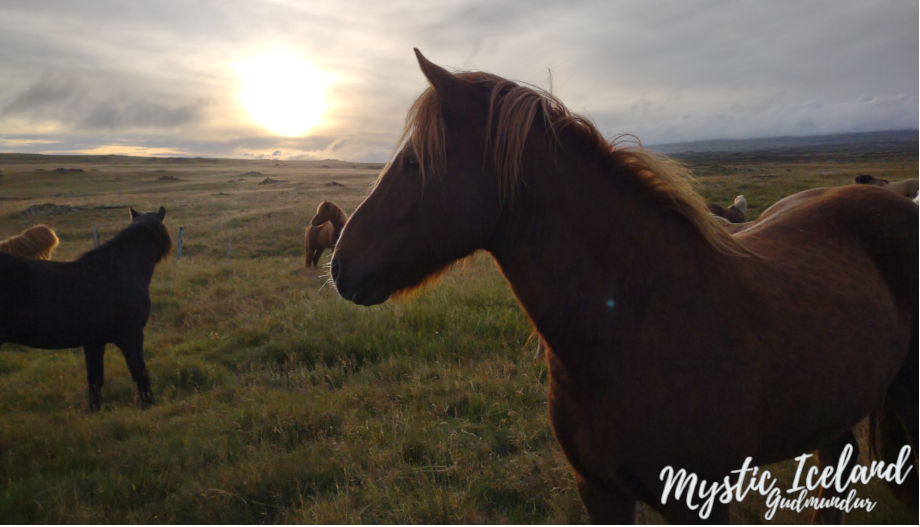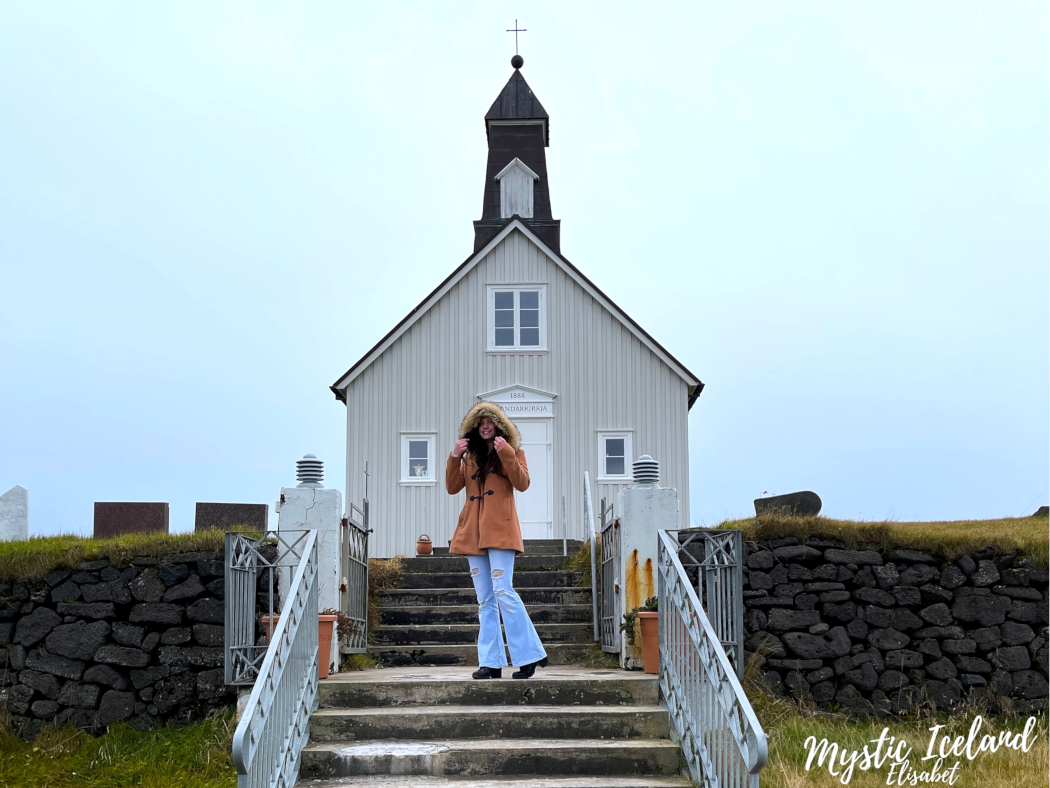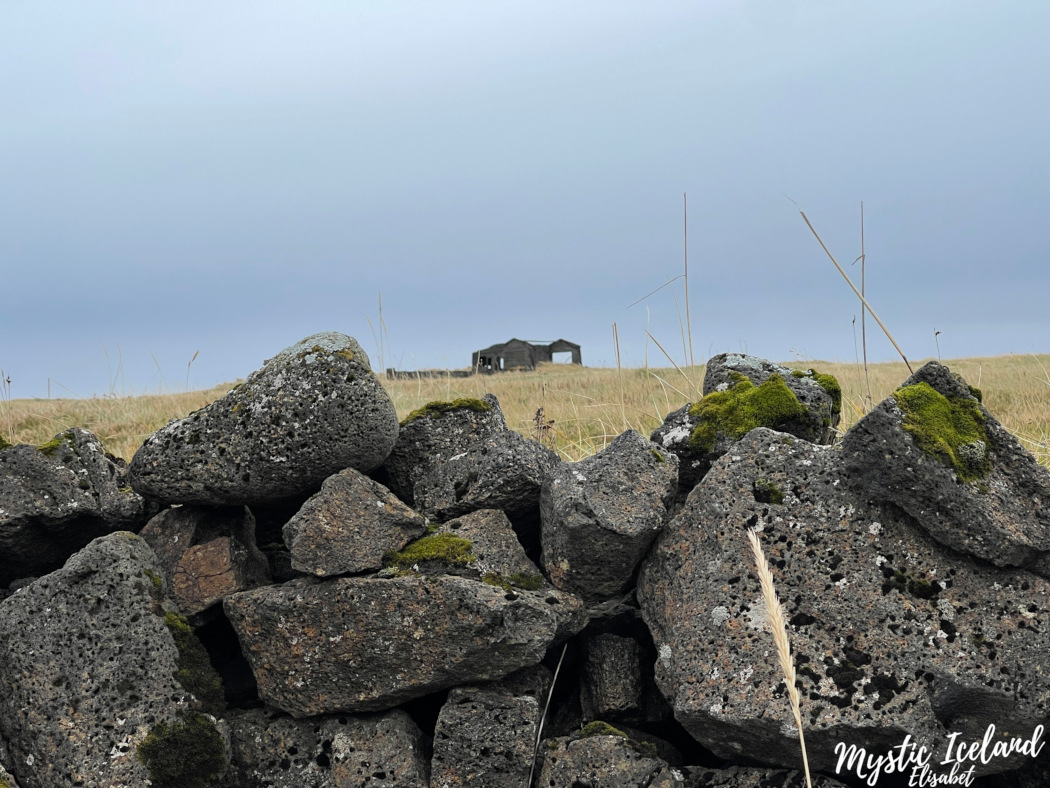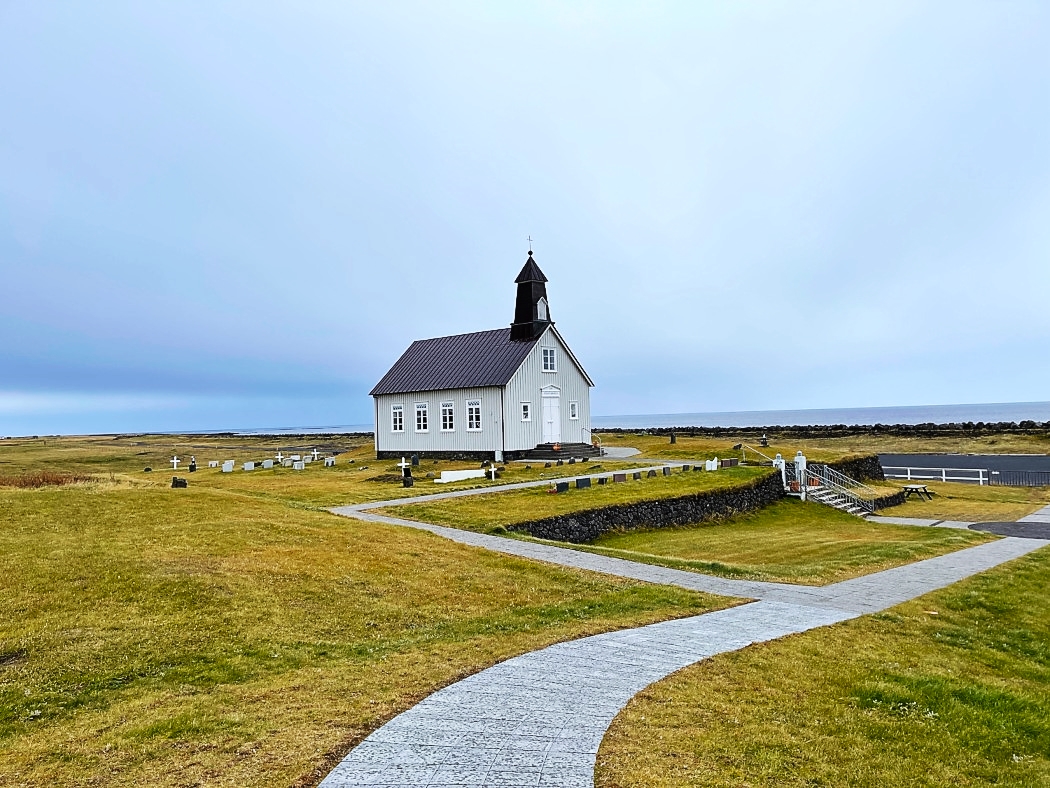The myth, the legend and the most worshipped animal in Iceland: The Icelandic Horse
The travel to a new home

A longboat called Knörr Photo: “Modell_Knorr” by Europabild in the courtesy of CC BY-SA 3.0.
Vikings packed their longships with only the necessities to start a new existence far from their tyrannical ruler, King Harald Fairhair. They kept the horses safe and comfortable in a grove by the mast as they sailed across the ocean.
Photo: Courtesy of / permission to use by Magnus – Dynur og Saga
In 982 AD during a meeting at the Althing, it was decided to ban all imports of horses to the island. For over a thousand years, the Icelandic horse continued breeding without any genetic interference from other sources. Today, genes from six horse species make up the Icelandic horse.
Norwegian breeds:
1. Coldblooded Trotter – Southern Norway
2. Nordland – Northern Norway
3. Døle – Eastern Norway
4. Fjord – Western Norway
The British Isles breeds:
1. Shetland Pony
2. Connemara Pony
The Icelandic horse - bringing people together
Photo: Courtesy of Magnus – Dynur og Saga
With the rugged terrain and long distances, the Icelanders could finally break their isolation. Receiving letters, invitations, or news from the surrounding farms were all tasks accomplished thanks to the horse.
The mailman delivering post on horseback across Skeiðarársandur by Daniel Bruun. Courtesy of Nationalmuseet, Danmark licenced under CCO
Farmers, and even entire villages, gathered their best horses to compete with neighboring settlements. Taking part in sporting, social and political gatherings were important and popular, but winning even more so. The owner of a winning horse was automatically bestowed with power, popularity, and honor.
Sporting the Icelandic horse

Photo: Advertisement for a Viking celebration in Iceland in the newspaper Fjarðarpósturinn
Every midsummer, the chieftains assembled at the Althing. It was their time and opportunity to display their values by passing new legislation and flaunting their prosperous financial status. After all, how would they feed the starving people in their area if they weren’t wealthy?
Anyone with a horse rode out to attend and take part in this exciting and potentially life-changing event. Every shouting match counted.
ᚼᛁᛋᛏᛅᚦᛁᚾᚴ (Hestaþing - Horsething)
Horse fights - Hestathing/Hestavíg


What better way to determine who is the bigger man than to see who has the strongest horse? After all, weren’t the most powerful gods led by the strongest and fastest horses?
What makes the Viking Iceland any different?
One of the popular sports was horse fighting.
Horse owners hired handlers which were known as “seconds”. This was usually a family member or a friend. Armed with pokey sticks, they enticed the horse into fighting and kept the cheering crowd safe from a potential attack by the excited horses.
But, why is the horse so attached to heathenism? These activities didn’t discriminate against beliefs, did they?
Worshipping the horse

Sacrificing the Icelandic horse

Photo: Courtesy of Magnus – Dynur og Saga
Because the horse was so important to the gods, there could be no animal more worthy of sacrifice. Surely only the greatest horses were good enough – the gods deserved only the best.
After the slaughter, they drained the blood into Hlaut-bowls (the sacrificed blood was called hlaut). While the meat cooked, the blood-filled bowl was carried around and sprinkled (like holy water) across the altar and on all the people taking part in the sacrifice. If this wasn’t bloody enough, they proceeded to bloody both the inside and outside of the temple walls.
When the meat was ready, they completed the rite by eating it.

When Christianity took hold in Iceland, this ceremony was among the first to be abandoned. To pacify the people, they permitted the consumption of horsemeat only when absolutely necessary for survival.
However, the stigma attached to eating flesh was so powerful that many people preferred to starve themselves to death rather than eat their horse. This was mainly due to pride or the horse being more like a family member, and eating it was out of the question.
Buried with the horse

Meeting the gods in the afterlife was absolutely crucial, and they needed their horse to transport them through to the other side. When the owner died, the horse was sacrificed to join him. After all, the horses possessed the magical ability to traverse worlds and kingdoms.
It was critical for the men to ensure that their weapons were buried beside them. They needed them for the fights, particularly Ragnarok.
Magic numbers and constellations

The 100-day, 11-month Sleipnir calendar is the calendar represented in Gylfaginning in the first part of Edda Prose.
Twelve horses and thirteen gods journey up to the skies, just as a solar year has slightly more than 12 lunar months but less than 13 lunar months.
Thor is the god without a horse. He does not have one, but he does have goats. The goats are so loud that they’d shatter the bridge, Bifrost, so he can’t ride them across. Instead, he takes the Moon Path, or Mána vegr.
The sky is a river and when the horses aren’t traveling across the bridge, or if the bridge breaks and they fall, they fall into the river and are forced to swim in the floods. Just like the constellation swim in the night sky.
Eleven horses cross the bridge, just like there are 11 months in a year.
The first one to cross is Sleipnir, the slippery horse. As the lunar phases pass through the constellations, he slips back and forth on the ice.

The second one is Glaðr, the bright, because the days are getting longer and brighter.
Third to cross is Gyllir, the golden. By now the air is getting warmer and a golden orb finally appears around the sun.
Fourth is Glær, the one who glares down on earth, stinging our eyes as it radiates heat on our skin. Spring is finally here.
Fifth is Skeiðbrimir, the sweaty racer and Giant, Brimir (aka Ymir). Odin and his brothers sacrificed this great primeval giant and used his skull to make up the vault of the heavens.
Ymir roared so loudly that the glaciers melted and rivers streamed down from the mountains.

The sixth horse to cross is Silfrintoppr or Silver-top, like the silvery growing grain.
The seventh horse to cross the bridge is Sinir who’s strong with big sinews (muscles) like a bull (Taurus).
The eighth horse is Gísl who beams his rays down to earth. His rays are not quite as strong as the sun.
The ninth is Falhófnir or Hollow-hoof because he’s not completely full, just like some months are not full.

The tenth horse is Golltoppr or Golden-top and belongs to Heimdall (aka Magni – son of Thor), the son of the Jarnsaxa (Giantess). The golden fire works wonders towards the freezing cold.
The eleventh and the last horse to cross is Léttfeti or Light-feet, whose hoofs make marks on the newly fallen snow. As the snow sits on the ground, it sticks to his hoofs, making them light (white).
The twelfth horse didn’t cross the bridge with the others. This was Balder’s horse. He didn’t cross because he was burned with Balder, just like the 12th month was burned (eliminated) or just like the presence of the sun makes a constellation invisible at night.
The calendar is not yet done. We still need the past, present and the future which are our three nornir (norns), each capturing 15 days (January-February).

For those who love numerology, Sleipnir’s calendar has been tied to several others. This is a blog for another time. For now, The Sleipnir calendar has eleven 29-day months, which equals 319 days and 45 days (15 x 3) which is represented by the Nornir. Together, this adds up to 364 days.
Four horses of nature
So much more, but for another time
It is safe to assume that the horse’s status as a supernatural being began with the Norse gods and was stifled by Iceland’s Christianization. The dominating power they had previously escaped imposed his power on them once more. This time, the goal was to eliminate their pagan faith by imposing Christianity on them.
As we know from history, this worked quite effectively, but it did not prevent a pagan culture from surviving, and magic staves were used for a very long time – and to some extent, they are still used today.
This is all for now. Thanks for reading!
Other posts about magic:



















